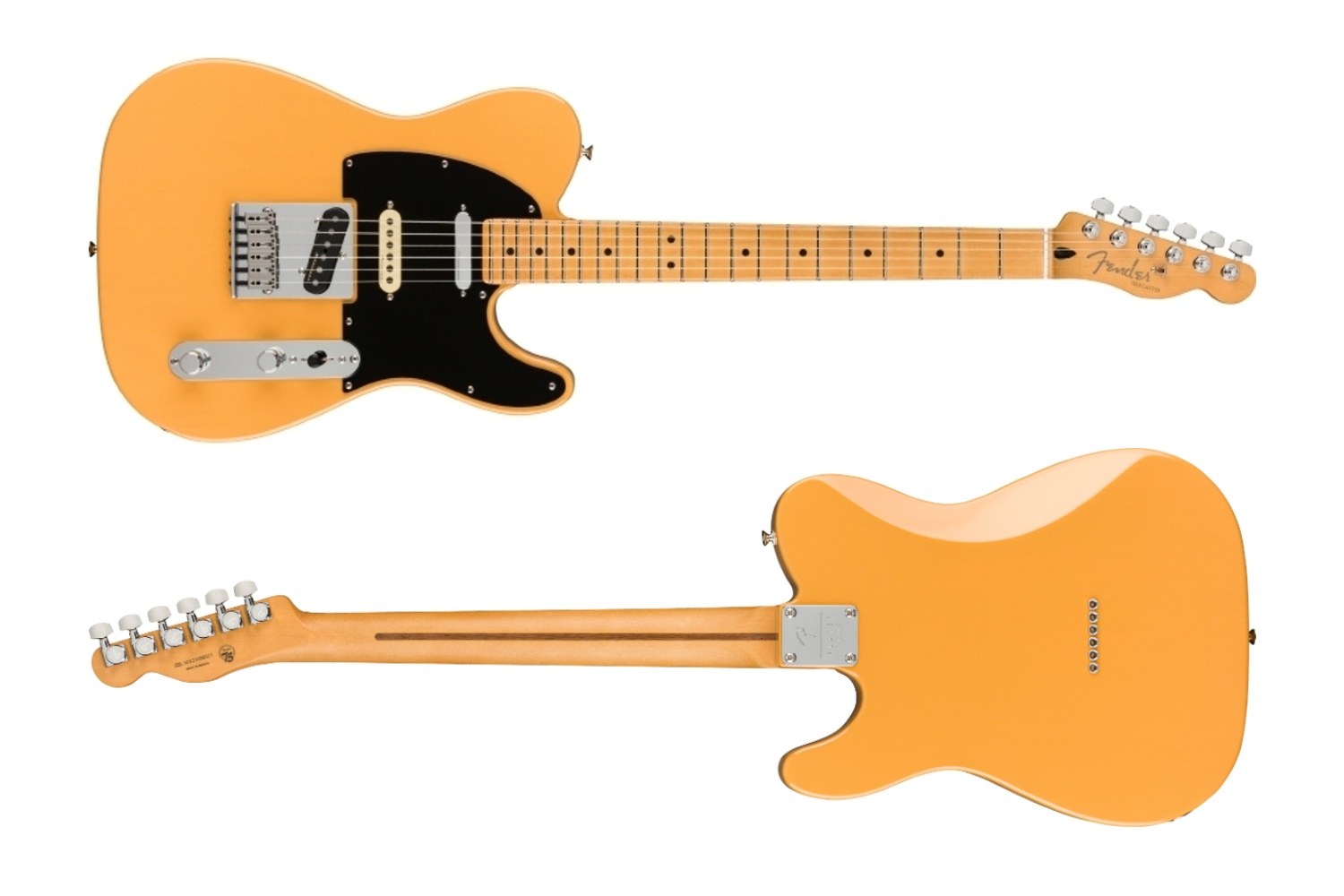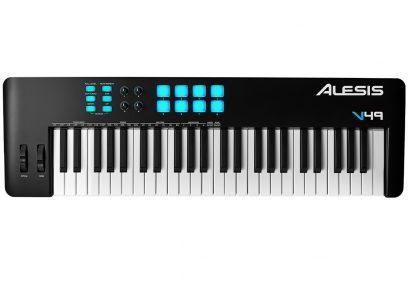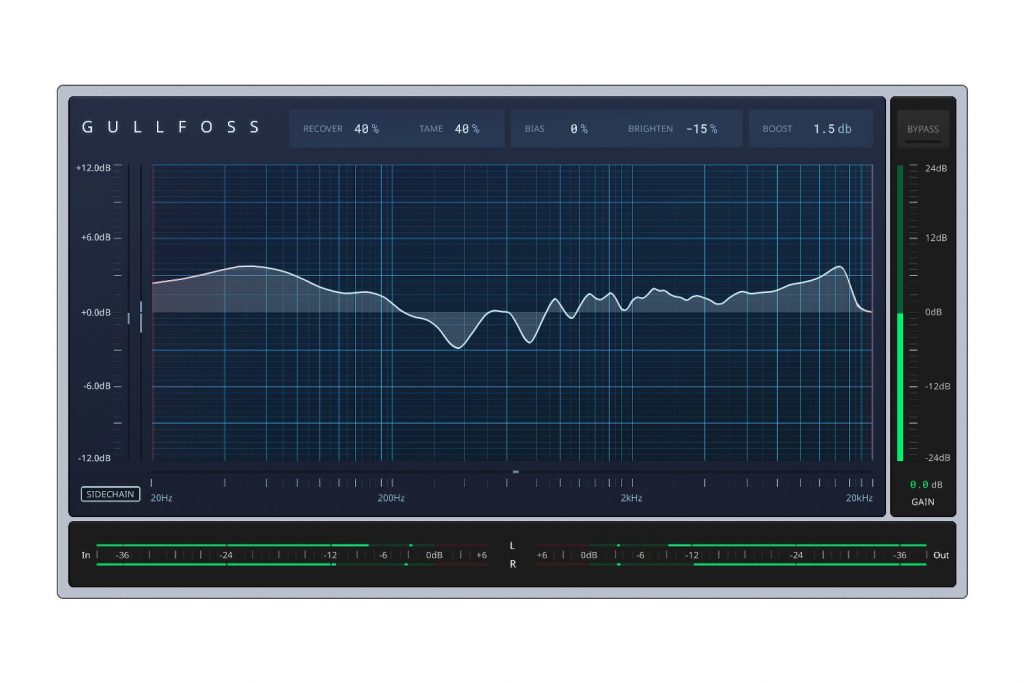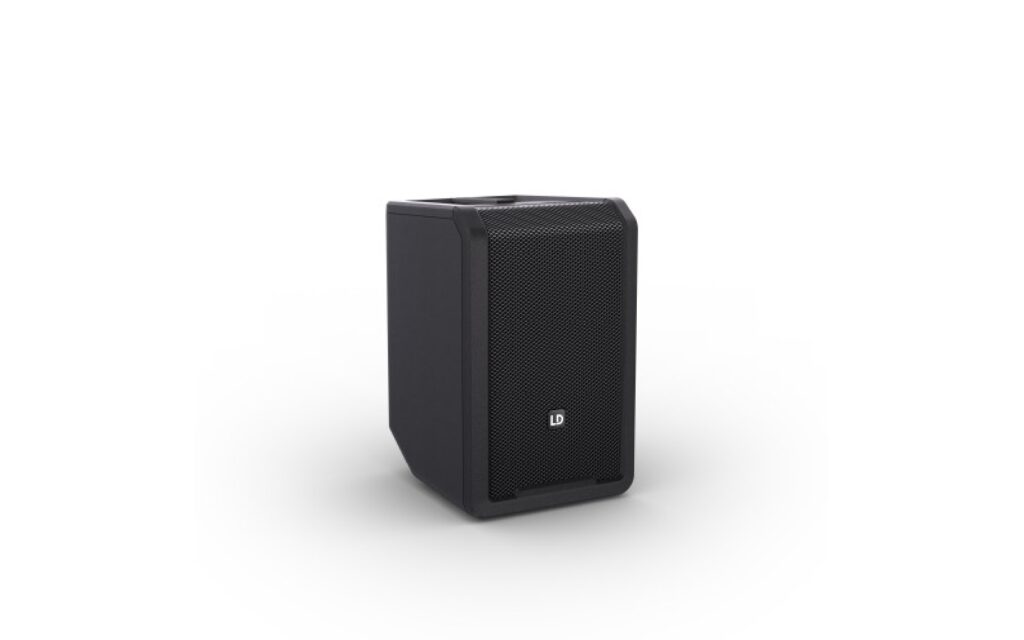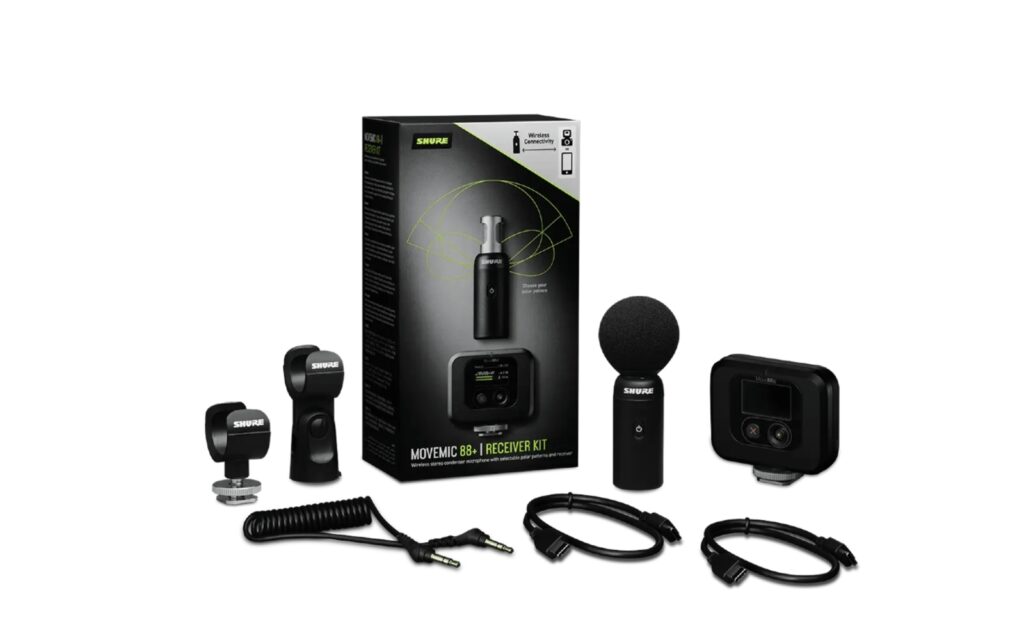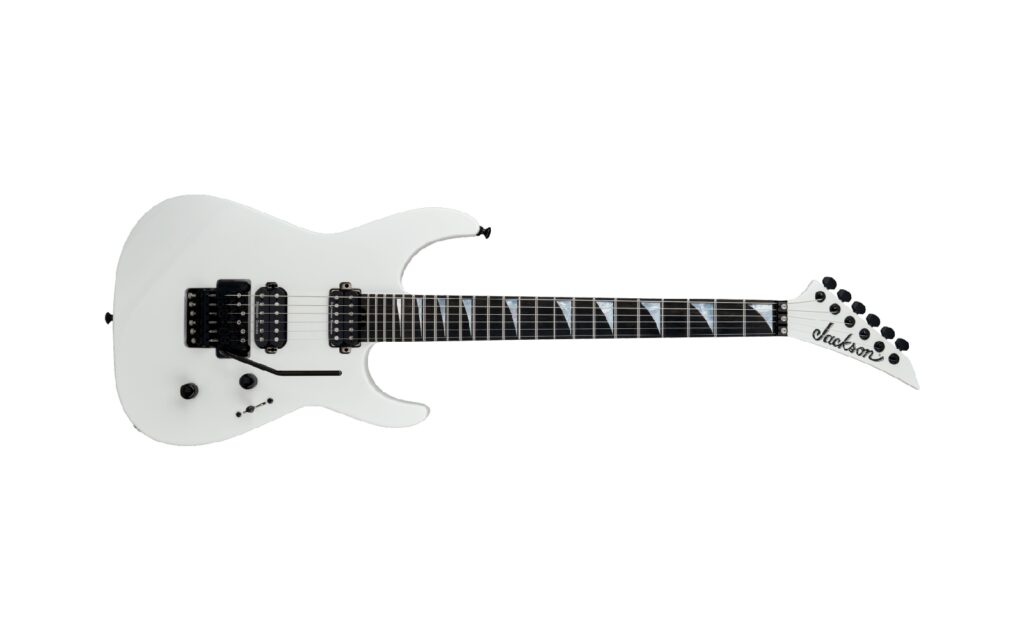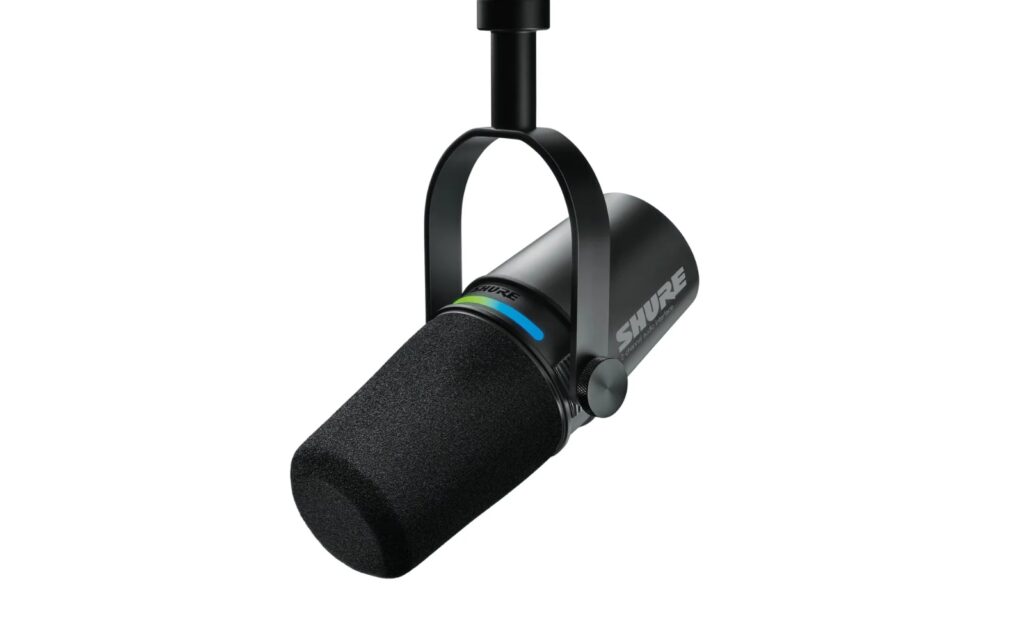Fender Australia | Enquire for pricing
Nashville, Tennessee is a place synonymous with Country music, and rest assured, there is no guitar more closely aligned with Nashville Country Music than the mighty Fender Telecaster (apologies to the Gretsch 6120 and Country Gentleman who are running a close 2nd and 3rd respectively).
More than any other guitar, the Tele has established itself as one of the defining sounds of the genre – it’s instantly recognisable, cutting cry and expressive, down-home twang proving the perfect instrumental adornment to the kind of world class songwriting the area is known for.
Read more product reviews here.
Knowing full well the special place that the Tele holds in Nashville lore, the brains at Fender have been trotting out Nashville Teles for a while now in various incarnations – drawing inspiration from the kinds of tonal flexibility required by the in-demand session guitarists of the area, whose rigorous recording schedule requires extreme onboard flexibility, given the amount of work coming their way.
This latest offering, the Player Plus Nashville Telecaster, looks to put this kind of Professional versatility in the hands of budding newcomers.
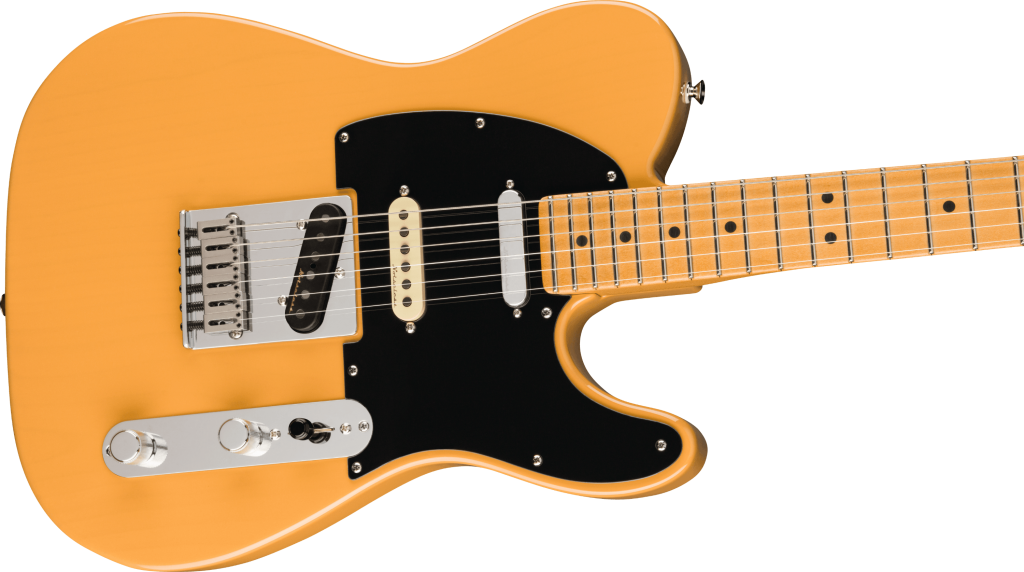
The Player series is often seen as the entry point to the Fender brand, a thoughtfully spec’d, well-finished, great-sounding way to get on the Fender train. The Player Plus series takes this a step further with new necks, new pickups, a series of eye-catching finishes and plenty of vibe. Take this Nashville Tele for instance, from a distance it looks like a pretty traditional Tele with a Stratocaster single coil added to the middle position. But get a little closer and you’ll start to see just how fancy this little belter is.
Let’s get the materials out of the way first: this guitar is rocking an alder body, a wood traditionally more associated with Stratocasters than Telecasters (which are perhaps most famous in their ash incarnation). But worldwide ash shortages mean we’re going to see less and less of this wood, unfortunately, and alder is a damn fine alternative, capable of warm midrange and complex overtones. The body is finished in gloss polyester, while the maple neck is finished in satin urethane that practically feels like oiled bare wood.
The bridge is a 6-saddle design with strings through the body and passes the strings over block steel saddles (which always remind me of the Strat Plus and Tele Plus of the late 80s and 90s). The tuning machines are deluxe cast/sealed locking units with short posts, perfectly designed to ensure a good break angle over the synthetic bone nut. The frets are medium-jumbo, there are 22 of them, and the fretboard radius is 12”, flatter than the 9.5” radius found on earlier Fender Mexico guitars (and much flatter than the vintage-correct 7.25” which can cause issues with bending, especially with vintage-correct thin frets). This is a guitar that is clearly made to be played, and Fender is particularly great at nailing those neck shapes and finishes that feel accessible to everyone, rather than doing something hyper-specific like, say, an Ibanez Wizard or a Wolfgang neck shape.
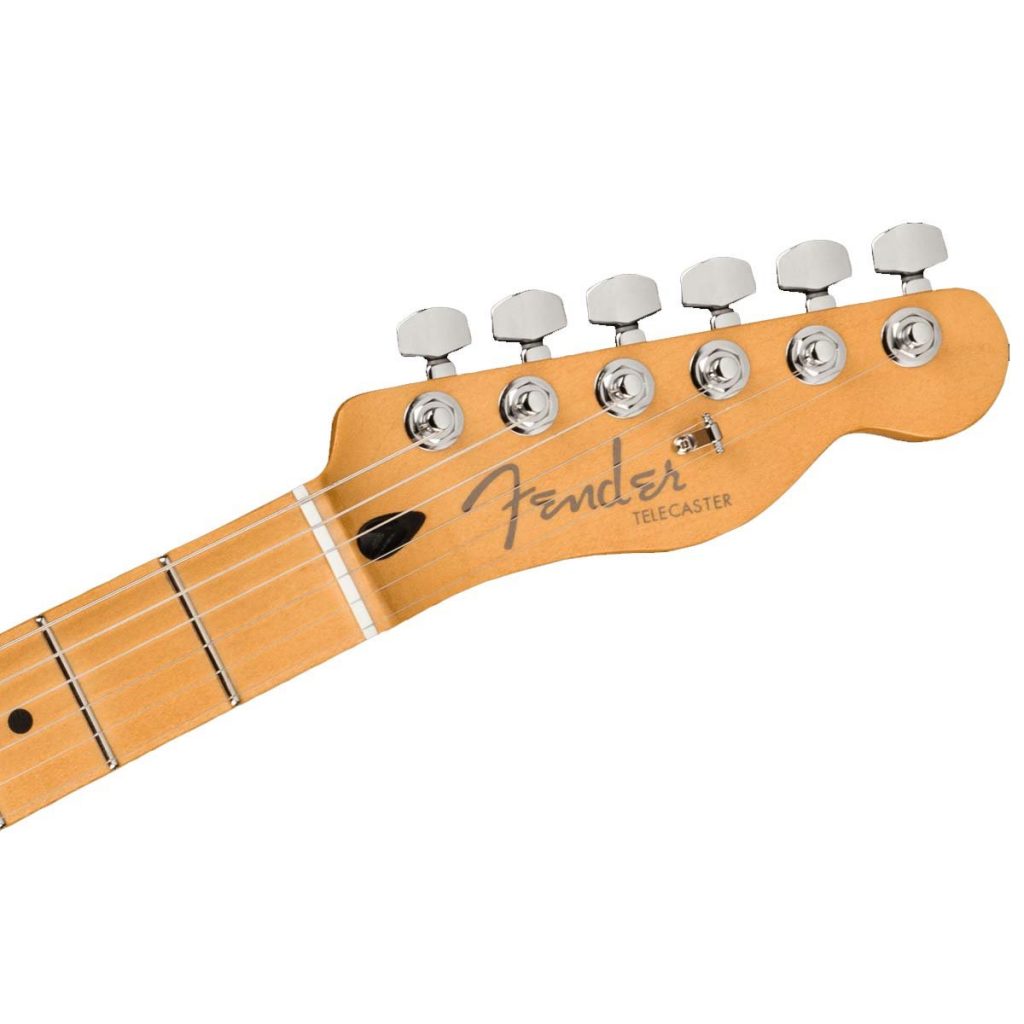
The electronics consist of a trio of Fender noiseless pickups specifically designed for this series: two Tele pickups and a Strat single, tied to a five-way pickup selector switch, a volume pot and a push-pull tone pot which engages the neck pickup in addition to the bridge pickup, giving you all the traditional Tele sounds as well as the more Strat-influenced ones. It’s a very elegant, intuitive system, and the push-pull pot is easy to engage in the heat of battle.
Sonically, this is your classic Tele, but without the buzz. It’s very bright-sounding, but not harsh and brittle. Think ‘LA in the 70s, Laurel Canyon, sunshine and tequila’, that heavenly almost pedal steel-like bridge pickup lyricism that sounds extra evocative through a little reverb or vintage delay. Flip to the neck pickup and you’ll notice that unlike traditional Tele setups tend to be, the volume balance from pickup to pickup is dialled in perfectly, and the traditional Tele neck darkness has been reeled back to reveal a very detail-rich but still distinctively Telecaster neck tone. As for that middle single, it’s absolutely Strat City, and it combines with the other pickups in really interesting ways, dipping out the mids a little but not so much that you’ll lose your rightful place in the mix. The ‘neck+middle’ setting is great for complex semi-dirty chords, while the ‘bridge+middle’ setting offers a super flexible clean sound that can stand on its own or maintain its identity when covered in effects.
Oh and distortion? Go nuts. There’s no buzz or hum here to hold you back, and there’s something super liberating about dialling in a super-distorted Telecaster tone with single coils and not having to deal with that cursed racket.
The neck is so comfortable that I swear I picked up a little more speed on this thing (that doesn’t mean I sounded more tasteful, ha!), but more importantly, after a good two-hour session getting lost in playing along to the radio, my hands felt as relaxed as they did before I started. The rolled fingerboard edges, thoughtful neck shape, easy radius and silky finish all play different roles in reducing the tensions that can build up in our hands on an unfriendly guitar neck.
Is this the ultimate Tele? Well, maybe you’d prefer something more traditional, and Fender still makes plenty of those. But traditional Teles can be absolute bears to play, whereas this is a very ergonomic, comfortable guitar that practically plays itself, and it sounds like a Tele should, even when you blast it through levels of gain that would make Dimebag tremble.
For more information or to enquire, head to Fender Australia’s website.
